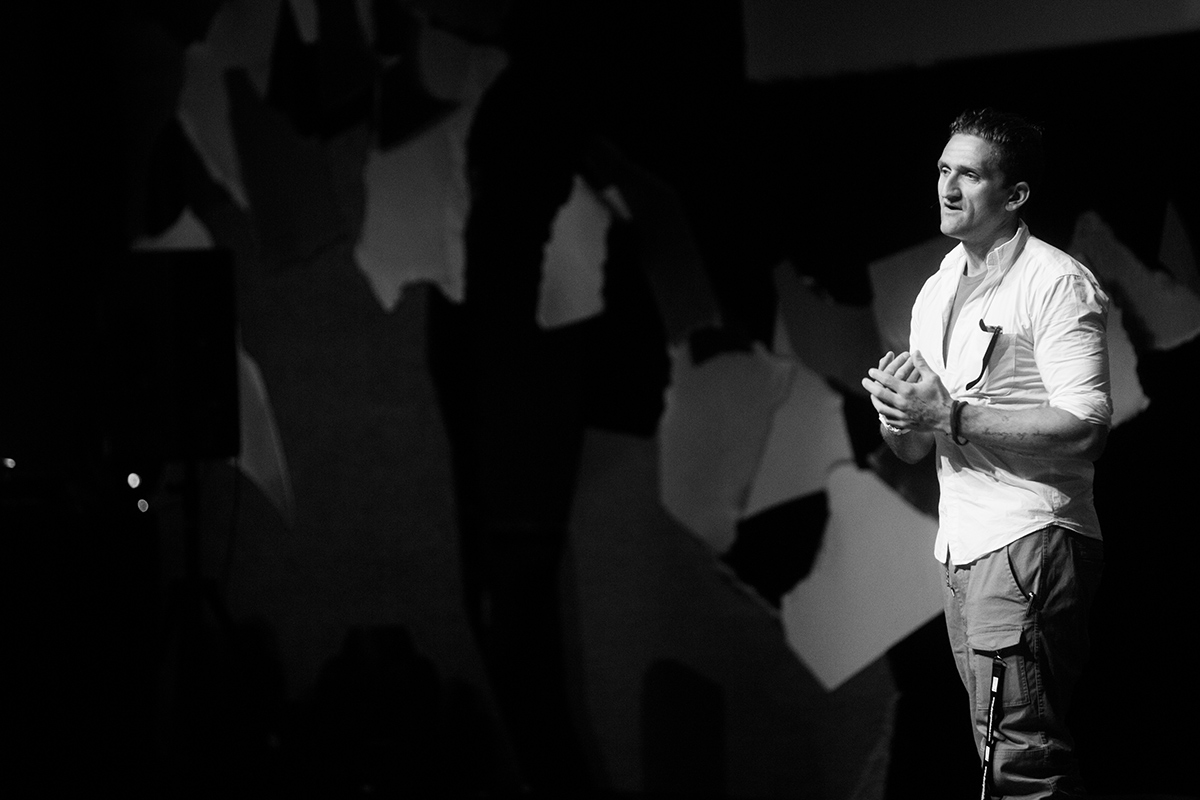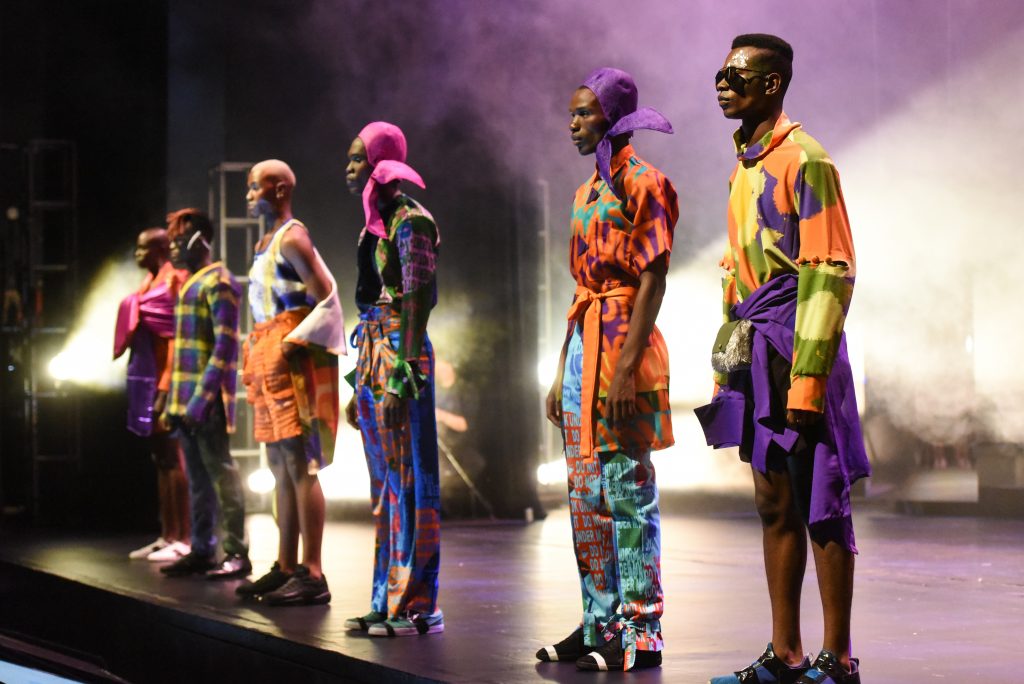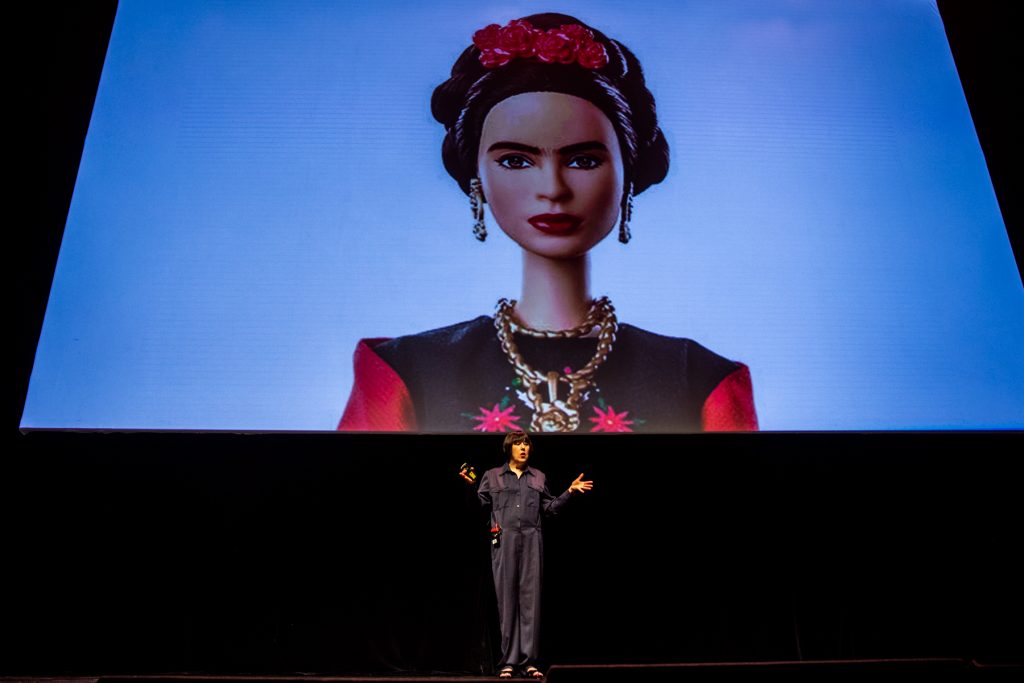Casey Neistat at Design Indaba
We interview the self-taught filmmaker, who sees YouTube and Snapchat as ideal forms of distribution


At Design Indaba, an event filled with creatives and media innovators, Casey Neistat is a bit of a rock star. Conference-goers approach the 34-year-old New Yorker to gush over how much they like his work. His talk about his films and the virtue of ignorance was greeted with rousing applause. The filmmaker has been creating movies since the late ’90s, when the first version of iMovie came out. “That was the first time that consumers were really able to play with video. My brother Van got the computer first and showed me what it was like to edit video. I definitely credit Van with turning me onto filmmaking,” he says.
Having made films for the web, TV and commercials for over a decade now, Neistat credits “the virtue of ignorance” for his career, which has seen him film from a military helicopter in Afghanistan and skateboard at 30,000 feet in an airplane (without permission), a theme that often occurs in Neistat’s films. He believes that when you don’t know the “right” way to do something, you form your own path, and that this benign ignorance should be nurtured. We had a chat with the self-taught Neistat, who is on Snapchat (as Casey Neistat) and YouTube, at Design Indaba about technology, communication, and the video artists of the future.
The most exciting thing (about new technology) is in the distribution, not in the creation
You’ve been working with computer programs since the start of your career. How has new technology changed the way you work?
Obviously, editing software gets better, and cameras get smaller and better. All of that helps, but to me the most exciting thing about new technology is in the distribution, not in the creation. It means circumventing all of the political aspects, all of the bureaucratic aspects of distributing. Pablo Picasso would paint a painting and hang it on the wall, and you would go and see the painting exactly how he wanted it to be made. But if you have an idea for a TV show, for example, you’re beholden to studios to produce it and distributors to distribute it. There’s a myriad of aspects between you, the creator, and the audience—and the work can be changed. With YouTube and Snapchat, it’s just you, the creator, and the audience.
What does the fact that anyone can create film content these days mean, quality-wise?
You can just put things on YouTube, just like forever you could simply go to the store and buy a canvas and paint. But that doesn’t mean it’s gonna be seen; it doesn’t mean it’s good. I think, right now, more movies are being made than ever, but the amount of really great content being made hasn’t changed. But the fact that anyone can create it, is only a positive thing. Having access to these tools doesn’t make it any easier for us to succeed, but it gives us a greater opportunity to succeed.
Are there any emerging filmmakers today who you think are doing interesting work?
I love seeing the way in which young people embrace video, and the YouTube vlogger is a fantastic phenomenon. I think that young people on YouTube who talk into the camera, and all of today’s talk show hosts, are just brilliant. People like Tyler Oakley, a filmmaker who has an audience that rivals most network television shows. That style and opportunity, the fact that it exists today, is tremendous. It’s wonderful and empowers young people in a way that they’ve never had access to before, and that’s what’s exciting for me about young creators today.

What impact do you think this will have politically?
We’ve already seen the political impact—so much of the Arab Spring was attributed to Twitter and Facebook. Unfortunately, there’s an inverse proportionality between the places in the world that need the most attention, and the technology that’s available in those places. Where they need the most attention is where they’re lacking in technology the most, but that’s going to change very quickly. In parts of sub-Saharan Africa they never had telephones, but now they have mobile phones—it’s skipping over a few generations of technology. And as technology becomes more ubiquitous, we’re going to see things change very quickly. Subduing the media and subduing the press is going to become harder and harder, as more means of communication become increasingly accessible.
Images courtesy of Design Indaba











